Catch Minnesota’s Northern Lights
Come November, it’s a quieter season in Minnesota. Kids are back in school and the boats are put away. However, it’s a great time of year to enjoy the night sky when it’s most vibrant.
If you plan a little, you can catch the drama of the Aurora Borealis, known around here as the Northern Lights. We’ll share 4 great spots to view the lights as well as tips for increasing the possibility of seeing them.
VIEW THE LIGHTS AT THESE 4 LOCATIONS
PALISADE HEAD, SILVER BAY, MN
Best features: View the night sky on top of 300’ cliffs overlooking Lake Superior.
Accessibility: Easy - Challenging. If parking lot at the top of the access road is open, it’s a few steps on pavement to the overlook. Otherwise it’s a steep, uphill climb from the lower lot.
Location: 3.5 hours from Minneapolis.
Fee: MN State Park pass required.
Directions
NINEMILE LAKE CAMPGROUND, FINLAND, MN
Best features: Small islands dot this Boundary Waters-esque lake. The campground is far from any city lights.
Accessibility: Easy. Short walking distance to lake and boat landing area on gravel road.
Location: 4 hours from Minneapolis. Co Rd 7 is plowed in the winter. Check with Tofte ranger to see if campground is plowed.
Amenities: Drive in campground for tents and RV’s with northern views nearby.
Fee: Free, unless you’re camping.
Directions
NORTHERN LIGHT TRAIL, COOK CO, MN
Best Features: Overlooking the Superior National Forest, you’ll have views far north, looking towards Canada.
Accessibility: Challenging. The overlook is 1 mile hike up a steep, rugged hill. Parking is at trailhead.
Location: 4.5 hours from Minneapolis. Gunflint Trails is plowed in the winter, check with Gunflint ranger if trailhead parking is plowed.
Fee: Free.
Directions
FALL LAKE, ELY, MN
Best features: Easy access for all abilities. Scenic, Boundary Waters, entry point lake, 15 minutes
Accessibility: Easy. Park near the boat landing with short, paved walk to the lake. Drive in campground nearby for tents and RV’s.
Location: 4 hours from Minneapolis. Check with Kawishiwi ranger to see if road access is plowed in the winter.
Fee: Free.
Directions
GOOD TO KNOW BEFORE YOU GO
We use the Aurora Forecast app to predict the northern lights. It provides helpful info on the likelihood of northern lights in your location or region.
September through April is usually the best time to watch for the northern lights.
Look to the north! Identifying the Big Dipper is a great way to orient yourself.
The aurora may be a spectrum of colors, with green being the most common. Be patient watching for them as they come and go with varying intensity.
Dress for the weather. Pack thermos of your fav hot beverage!
The northern lights apparently ‘peak’ every 11 years. The next peak will be 2024.
Grab a last-minute campsite. The Superior National Forest has many first-come, backcountry campsites on remote lakes that are dark.
Try to go mid-week so that you can snag lodging at the last minute. Or, plan a fall weekend up in northern MN and cross your fingers. Either way, you’ll be treated to glorious night skies in some of the darkest areas of the region.



